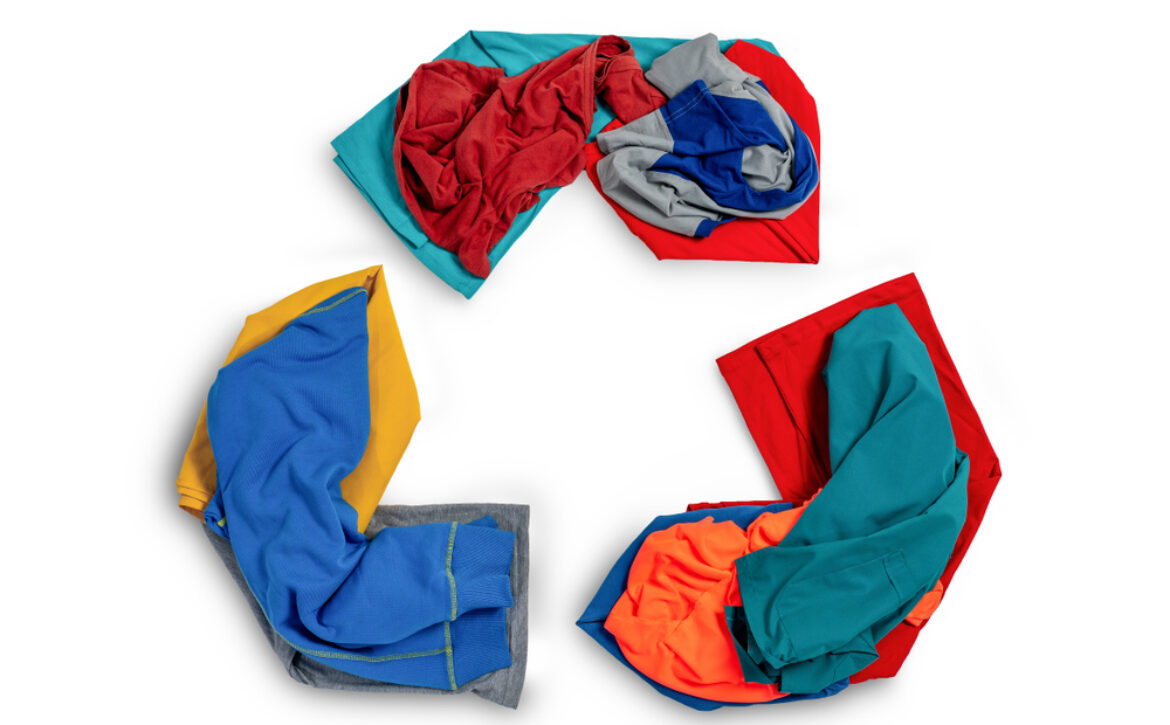How Does Thrifting Contribute to Sustainability?

Thrifting might seem like just a fun way to save money or find something quirky to wear, but it’s doing a lot more behind the scenes. Every time you choose secondhand instead of new, you’re doing your part to cut down on waste, save resources, and support a more sustainable way of living.
So how does shopping and donating at your local thrift store really help the planet? Here’s a full breakdown of what’s going on under the surface.
It keeps perfectly good clothes out of the trash
Let’s face it. Most of us have clothes sitting in the back of the closet that we’ll never wear again. But the sad part is that a huge amount of clothing ends up in landfills, even when it’s still wearable. In the United States alone, we’re talking millions of tons every single year.
When you donate your clothes instead of tossing them, you give them a second chance. And when someone else picks up that old hoodie or pair of jeans, that’s one less item heading for the dump. It may not feel like much, but it adds up fast.
It helps slow down fast fashion
Fast fashion thrives on constant newness. Stores churn out new trends every week, and we’re encouraged to keep buying whether we need it or not. But most of these clothes aren’t made to last. They’re low quality, mass-produced, and often worn just a few times before they fall apart or go out of style.
Thrifting cuts into that system. Choosing used instead of new means less demand for cheap, disposable fashion. It sends a message that we don’t need a brand-new outfit every season and that style can come from creativity, not constant consumption.
It saves a huge amount of resources
Making clothes from scratch takes a lot more than people realise. Growing cotton, dyeing fabrics, running factories, and shipping products around the globe burns through water, electricity, fuel, and raw materials. Just one t-shirt can take over 2,000 litres of water to produce.
Buying something secondhand skips all of that. You’re not tapping into any new resources. You’re simply using what already exists. That’s a big win for the planet, especially when millions of people start thinking the same way.
It cuts back on pollution and emissions
Fashion is one of the biggest polluting industries in the world. Factories release chemicals and dyes into waterways. Shipping new clothes overseas burns through fossil fuels. And when synthetic fabrics break down in landfills, they release harmful gases like methane.
Choosing to thrift helps reduce all of that. When you reuse instead of buying new, you’re avoiding the pollution that comes with manufacturing. Donating clothes helps too. Instead of ending up in a landfill, your stuff gets a new life in someone else’s wardrobe.
It keeps clothing in the loop
Most of us buy something, wear it for a while, then throw it away. It’s a one-way system that creates endless waste. Thrifting changes that by creating a loop. Clothes stay in circulation instead of being tossed the second they’re no longer trendy or useful to one person.
This kind of circular system is one of the keys to a sustainable future. It works on a simple idea: keep things going for as long as possible. Whether it’s a winter coat, a baby onesie, or an old band tee, if it’s still wearable, it still has value.
It helps you avoid supporting unethical brands
The reality behind many fast fashion brands isn’t pretty. A lot of clothes are made in factories where workers are paid poorly and treated unfairly. But when you shop secondhand, your money doesn’t support those systems.
Instead, it often goes to local thrift shops that give back to the community. Some fund job programs, others support charities, and most operate on tight budgets. Your money goes further when it stays local and ethical.
It encourages slower, more thoughtful shopping
One of the great things about thrifting is that it naturally slows down the shopping process. You’re not just mindlessly filling an online cart. You’re searching, checking fabric tags, trying things on, and making sure something really works for you before buying it.
This approach helps you think more clearly about what you actually want. You’re more likely to buy what you need and wear it often. You’re also less likely to get swept up in short-lived trends or impulse buys. That kind of awareness can change your whole relationship with fashion.
It opens the door to creativity and upcycling
Thrift stores are full of possibilities. That oversized shirt could be cropped into something trendier. A basic dress could be dyed, patched, or styled in a dozen different ways. Thrifting lets you experiment, get creative, and build a wardrobe that actually reflects your personality.
Even if you’re not into sewing or DIY, secondhand clothes offer a kind of freedom. You’re not stuck with what’s on the shelf this season. You get to dig, discover, and wear things your own way.
It makes sustainable fashion affordable
Let’s be honest. A lot of eco-friendly brands are expensive. Not everyone can afford to spend a hundred dollars on a single shirt, no matter how ethically made it is. That’s where thrift stores shine.
You can shop secondhand on almost any budget. And you still get the benefits of reducing waste and saving resources without breaking the bank. It makes sustainability something real people can actually take part in — not just those with extra money to spare.
Thrifting is one of the simplest ways to make a positive impact on the environment. It reduces landfill waste, slows down overproduction, saves resources, and supports a circular way of thinking. It also helps you build better habits, avoid unethical brands, and explore your own style in a more meaningful way.
And the best part is, it’s easy. You don’t have to be perfect or make huge changes. Just buying one item secondhand instead of new can make a difference. And when you donate your old clothes instead of throwing them out, you’re helping someone else do the same.If you’re ready to start, head to thrifttownstores.com and find your nearest location. You can donate your gently used clothes, browse the racks, or just get inspired to start shopping differently. Every choice counts — and this one couldn’t be simpler.









